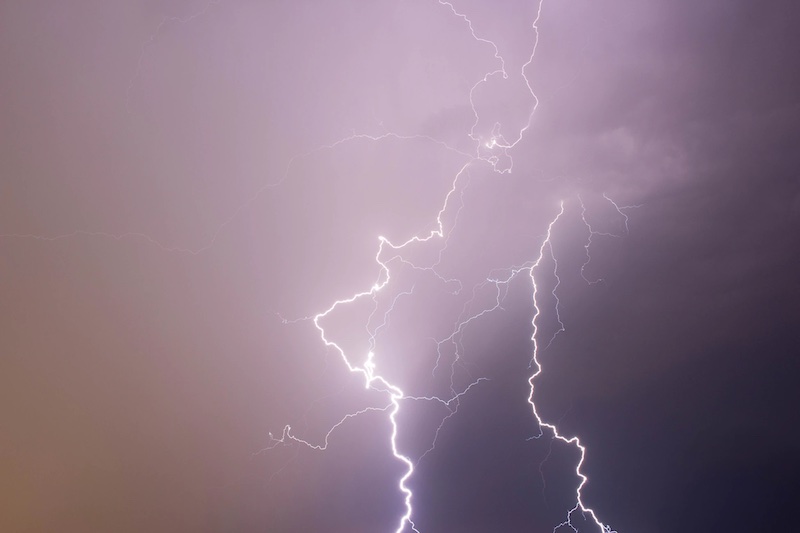Tsunamis do occur in our region, however there is no recent record of tsunamis causing property damage in Australia. Geological records show tsunamis have struck the Australian coastline in the past.
Tsunamis are a series of seismic sea waves created by an underwater disturbance such as an earthquake, landslide, meteorite or volcanic eruption.
Tsunamis can move at hundreds of kilometres an hour and can create huge waves when they reach land. From the area where a tsunami originates, waves travel outward in all directions. As the waves approach the shore they can build in height.
The Joint Australian Tsunami Warning Centre is operated by the Bureau of Meteorology and Geoscience Australia.
Based in Melbourne and Canberra, it gives Australia an independent capability to detect, monitor, verify and warn the community of tsunamis in our region and possible threats to Australian coastal locations and offshore territories.
Some general insurance policies cover tsunamis, for example when the proximate cause is an earthquake. Check your policies with your insurer if you are unsure.
Before a tsunami
Generally, coastal and nearby low-lying areas are most vulnerable to tsunamis. A tsunami can strike with little warning.
Once a warning has been issued you may have little time to prepare other than moving to a safe location. However, you can take some steps to ensure your safety:
- Know your community warnings and disaster plans, contact your local authority or emergency service if unsure whether you are at risk
- Know the height of the street above sea level and the distance of the street from the coast or other at-risk areas
- Prepare a disaster plan. Start with having somewhere safe to go. Think of someone who could house you and your family and talk to them about what might happen in the event of a tsunami
- Conduct a household contents inventory to ensure valuable assets are adequately protected and you are not underinsured
- Prepare a disaster supply kit. This should include some cash, food, water, toiletries, medication, your household inventory, copies of important documents, protective clothing, a radio and a torch – and batteries for both.
- Know where and how to turn off mains power, water, gas and solar power
- Decide on the best plan to protect pets and other animals
- If you are near the coast when an earthquake strikes, listen to ABC local radio for updates or visit the Bureau of Meteorology to find out if there is a tsunami warning.
During a tsunami
If a tsunami warning is triggered, move away from the coast or harbour, move to higher ground or to a tall, sturdy building.
Enact your disaster plan, have your disaster supply kit readily available and monitor information from local authorities and emergency services.
Tsunami-driven water can cause havoc across coastal populations and landscapes, and surges of water can last for hours after the first wave.
You could be stranded for many days until the water subsides and some remote areas can remain isolated much longer.
After a tsunami
Avoid entering flood water, on foot or in a vehicle. Flood water can contain raw sewage and contaminants, can conduct electricity, mask hidden hazards, and pose a serious hazard to health.
Only return home once local authorities say it is safe to do so.
If you return home and find your home is unsafe, notify your local authorities and check with your insurance company whether you can claim temporary housing expenses. If you need help from state emergency services volunteers call your local SES unit.
Once you can safely return to your property you should:
- If water has entered the property, don't turn on your electricity until it has been inspected by an electrician
- Contact your insurance company as soon as possible to begin the insurance claim process
- Take photographs or videos of damage to property and possessions before you start cleaning up, and keep samples of materials from damaged goods, as evidence to support your claim. This will be used by your insurer to process your claim as quickly as possible
- Remove and discard any water or mud-damaged goods that pose a health risk, such as saturated carpets and soft furnishings
- Store damaged or destroyed items somewhere safe; do not throw away goods that could be salvaged or repaired
- Speak to your insurer before you attempt or authorise any building work, including emergency repairs, and ask for the insurer’s permission in writing. Unauthorised work may not be covered by your policy
- Don’t worry if you can’t find your insurance papers. Insurers have electronic records and need only your name and address.











